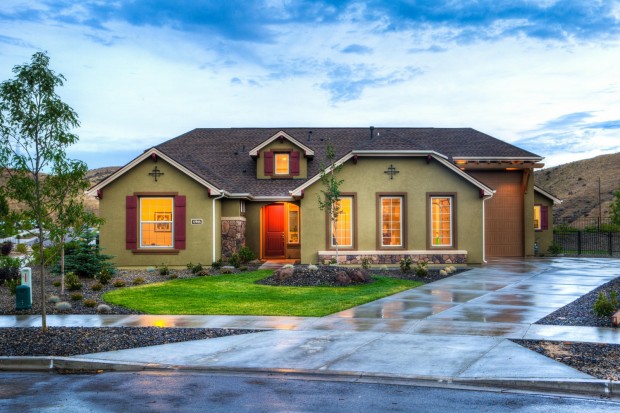Creating a hardscape project blueprint is vital to mitigate delays and conflicts during construction. This comprehensive planning process ensures that every aspect of the project is meticulously considered and accounted for.

(Photo : Pexels/Binyamin Mellish )
1. Project Budget
Maintaining a budget when working with a designer, contractor, or landscape architect will enable them to assist you more effectively during the design phase by providing insight into your financial means and limitations. Additionally, this can help you reduce the number of items on your wish list. However, if you only have the financial means to purchase one of the two features, a fireplace or a built-in barbecue, it can help you determine which of the two features you want the most. Accordingly, spend more money on the product or feature you will utilize the most in the future.
2. DIY or Hire a Contractor
Your do-it-yourself project can be accomplished with the help of an infinite number of materials, and many outdoor tasks are feasible for you to handle on your own. But be sure you avoid getting into a situation where you can't take it. When deciding which features to add, it is essential to consider their size, scope, and level of accessibility.
However, hiring a contractor will incur additional expenses, but once you choose the appropriate contractor, your job will be finished promptly and well every time. Be sure to check the state license of any contractor you are considering hiring before hiring them.
Also Read: 5 Kinds of Heavy Equipment Utilized in Civil Construction
3. Take Care of Legal Documents
Before beginning construction, verifying with the municipality's construction division where your project will be situated for any necessary permits, regulations, or zoning is critical. Your municipality may order you to remove the materials that have already been installed and begin the process again if you fail to secure the necessary permissions or have the requisite inspections performed before you install items. Therefore, you must take care of this matter in advance.
On the other hand, if you hire a professional residential landscaping contractor., these requirements will already be familiar to them, who will also be able to assist in navigating the process of obtaining permits. Moreover, it is essential to check with the standards of the Homeowners Association if you reside in a neighborhood with such an organization. Your homeowner's association can impose fines if you fail to comply with this requirement.
4. Select Appropriate Materials Relevant to Your Climate and Design
When designing your hardscaping, remember that all of the materials you use should complement the specific style of your home, both on the inside and the outside. Thusf you reside in a location that experiences extreme weather, you should also choose a material that can withstand the harsh conditions you live in. Rather than relying just on a single type of material, it is essential to locate a few complementary fabrics. Choose colors and patterns reminiscent of natural materials, such as stone.
5. Think Natural
If you want to achieve a sense of peace and harmony, your hardscape should, to the greatest extent possible, merge with the natural environment around you. As long as there is not an excessive amount of concrete or stone, you may include a lot of plants and foliage. Let native plants and flowers flourish in the spaces between the stepping stones of a walkway.
Considers the possibility of planting trees for ornamental purposes along a route. Built-up water features can be constructed from natural stone or the same material your house is made of. Laos, be sure to use elements that are in harmony with the natural scale of the site.
Related Article: 5 Common Types of Hardscape Materials for Your House Project







